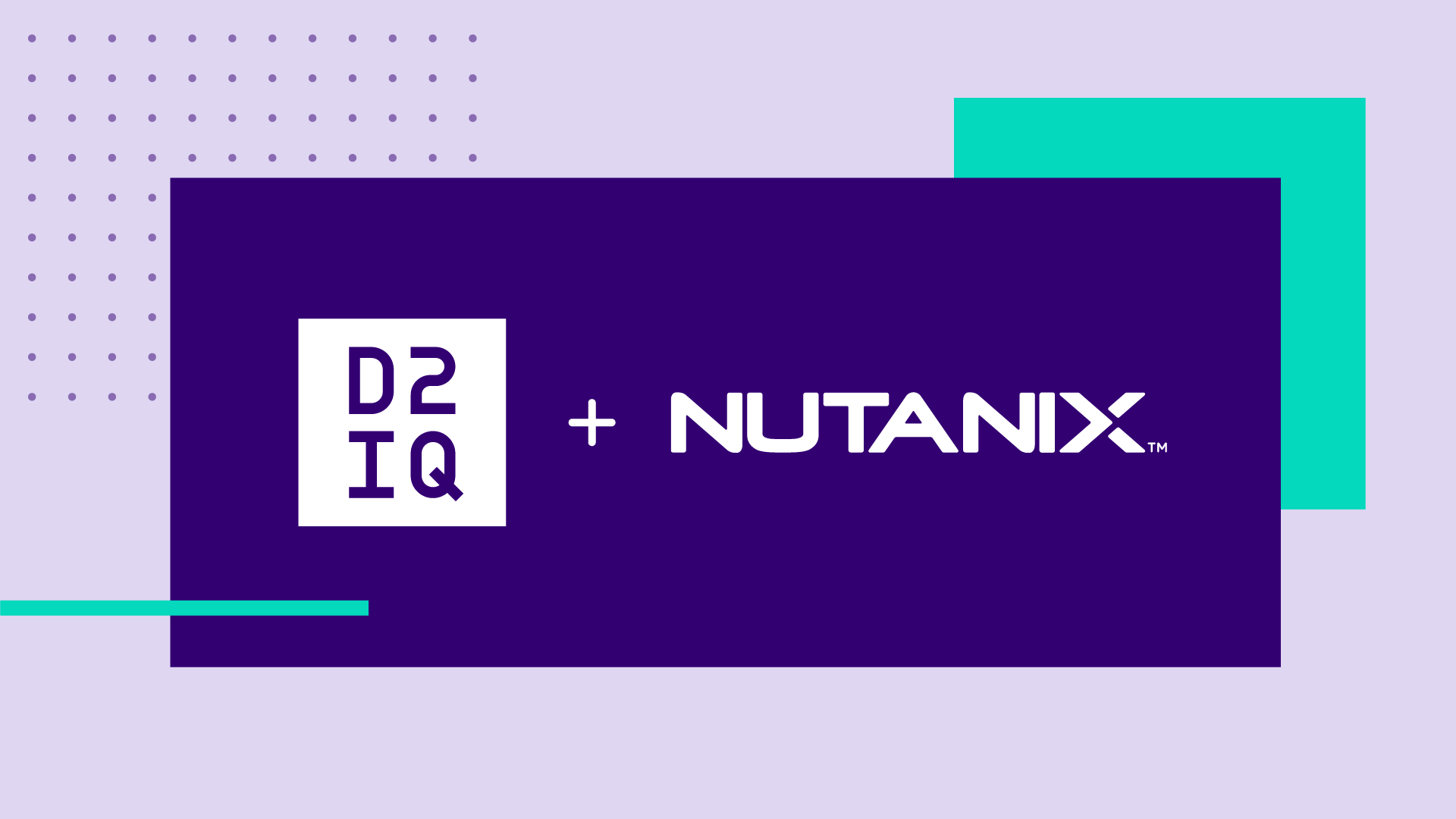
While deploying multiple Kubernetes clusters and workloads can make your life easier in many ways, if not effectively governed, you’ll be riding into a storm with no sails. Whether you’re knee deep in Kubernetes or just getting started, you need to chart a course for success. In other words, you need an evolved governance framework that is embedded at every stage of your application and infrastructure lifecycle, and empowers both developer flexibility and IT operation control.
Here are four critical areas in which your organization should govern its Kubernetes usage:
1. A clear view of your fleet of clusters and workloads
Just like any great captain, you need to have a clear view of your clusters and workloads so you know what you’re sailing into. Organizations need a centralized control plane to view multiple clusters in one place, obtain insights, and troubleshoot problems if a cluster goes down. Having centralized governance and visibility across your organizationally deployed clusters and workloads can ensure consistency, security, and performance across your digital footprint.
2. Defined roles and responsibilities for crew members
Throughout your Kubernetes journey, crew members may come and go, or change their job roles and responsibilities, which makes it quite difficult to manage individual logins, account privileges, assess governance risk, and perform compliance checks against industry models and in-house policies. You need an effective governance approach that clearly defines and simplifies workflows and responsibilities, not muddies the waters.
3. Ensure that your vessel is seaworthy
It’s simply not safe for any organization to leave shore without making sure its infrastructure is in shipshape — in other words, enterprise-grade and scalable. As your organization adopts more cloud native applications, you’ll need governance across your entire fleet of technology so you know which versions of software can be used within project efforts. This type of version control can reduce the potential vulnerable surface area of your organization’s software in use.
4. A flexible infrastructure
Despite the rapid move to the cloud, many organizations still maintain a combination of on-premise and cloud-based infrastructure to accommodate a variety of enterprise needs. So how do you leverage new, cloud-based technologies in a compliant and secure way? Your governance framework has to extend to all aspects of cloud use to ensure that your organization can deliver standardization across its on-premise and public cloud footprint.
Learn more tips on how to contain the chaos of cluster sprawl and empower yourself in the process. Download our ebook, “Managing Kubernetes: From a Small Fleet to a Navy of Clusters.”









